Shift Towards Cashless Transactions
The shift towards cashless transactions is significantly influencing the Bank Kiosk Market. As consumers increasingly prefer digital payment methods, banks are adapting by enhancing their kiosk offerings to support various cashless options. This trend is reflected in data showing that cashless transactions have surged, with projections indicating that they could account for over 80% of all transactions in the near future. Kiosks that facilitate mobile payments, contactless cards, and digital wallets are becoming essential in meeting customer expectations. Consequently, the Bank Kiosk Market is likely to expand as banks invest in kiosks that cater to this growing demand for cashless solutions.
Increased Focus on Customer Experience
An increased focus on customer experience is driving innovation within the Bank Kiosk Market. Banks are recognizing that enhancing the customer journey is vital for retaining clients and attracting new ones. Kiosks are being designed with user-centric features that simplify transactions and provide personalized services. Data indicates that banks that prioritize customer experience see higher satisfaction rates, which can lead to increased loyalty and revenue. As a result, the Bank Kiosk Market is witnessing a trend where banks invest in kiosks that offer tailored services, such as account management and financial advice, thereby improving overall customer engagement.
Technological Advancements in Kiosk Design
Technological advancements are playing a crucial role in the evolution of the Bank Kiosk Market. Innovations such as touchless interfaces, biometric authentication, and artificial intelligence are enhancing the functionality and security of kiosks. For instance, the integration of biometric systems is expected to increase user trust and streamline the identification process, potentially reducing fraud. Furthermore, the market is witnessing a shift towards more user-friendly designs that cater to diverse customer needs. Data suggests that kiosks equipped with advanced technology can improve transaction speeds by up to 50%, thereby attracting more users. As banks continue to adopt these technologies, the Bank Kiosk Market is likely to see accelerated growth.
Rising Demand for Self-Service Banking Solutions
The Bank Kiosk Market is experiencing a notable increase in demand for self-service banking solutions. As consumers seek convenience and efficiency, banks are investing in kiosks that allow customers to perform transactions without the need for teller assistance. This trend is supported by data indicating that self-service transactions account for a significant portion of banking activities, with estimates suggesting that they could reach 70% of all transactions in the coming years. The ability to provide 24/7 access to banking services through kiosks is appealing to both banks and customers, as it enhances customer satisfaction while reducing operational costs. Consequently, the proliferation of self-service kiosks is likely to reshape the landscape of the Bank Kiosk Market.
Regulatory Support for Digital Banking Initiatives
Regulatory support for digital banking initiatives is emerging as a significant driver in the Bank Kiosk Market. Governments and financial authorities are increasingly recognizing the importance of digital banking solutions in promoting financial inclusion and enhancing customer access to banking services. Policies that encourage the deployment of self-service kiosks are being implemented, which may lead to a more favorable environment for investment in this sector. For example, regulations that streamline the approval process for kiosk installations can facilitate quicker deployment, thereby expanding the market. As regulatory frameworks evolve to support digital banking, the Bank Kiosk Market is poised for growth, with more banks likely to invest in kiosk technology.
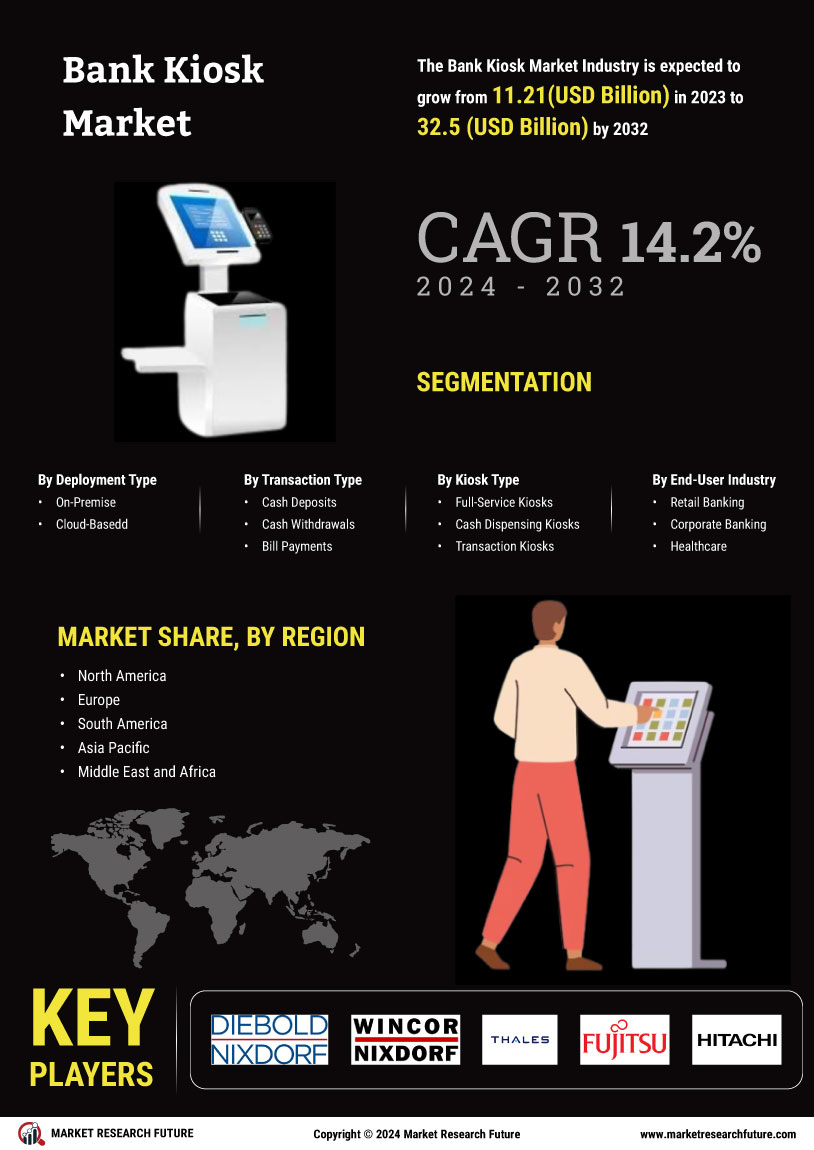

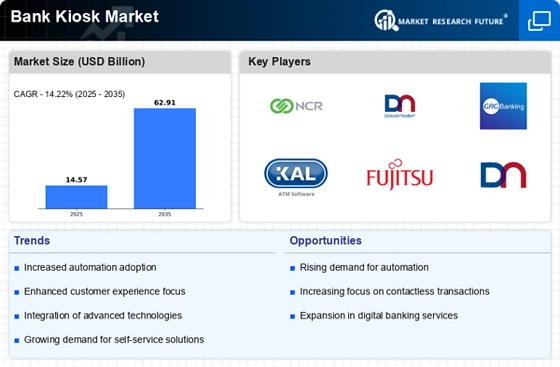
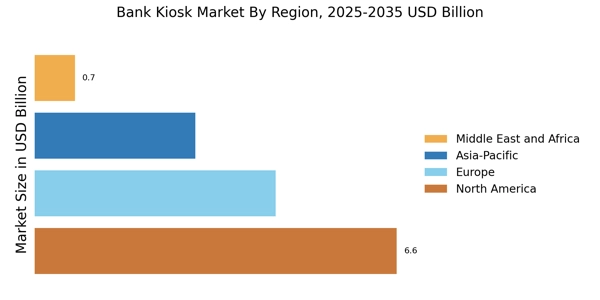
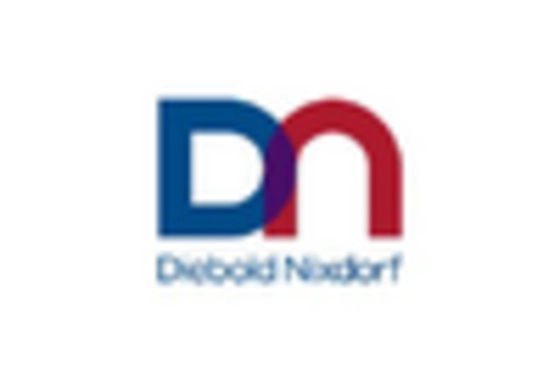
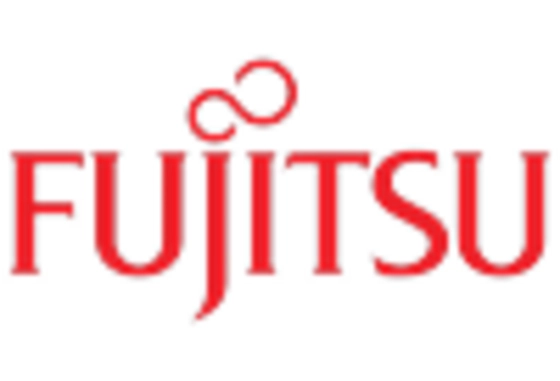
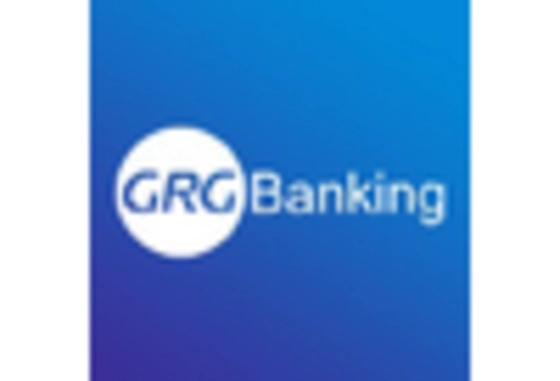
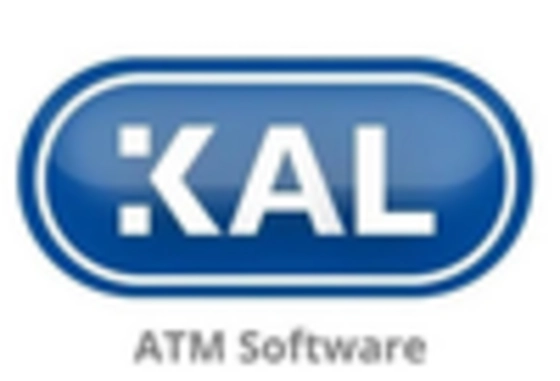
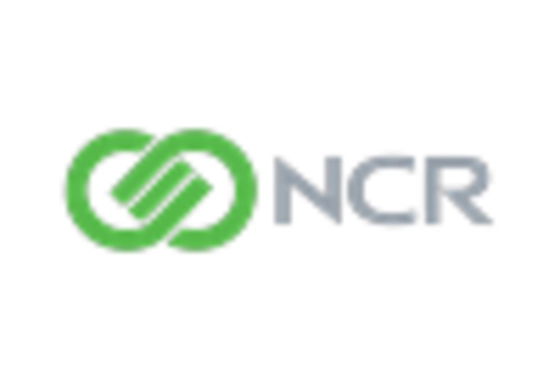
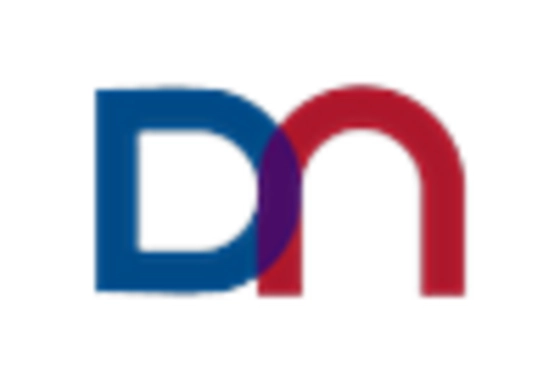








Leave a Comment